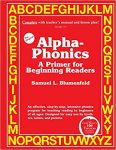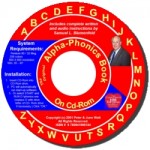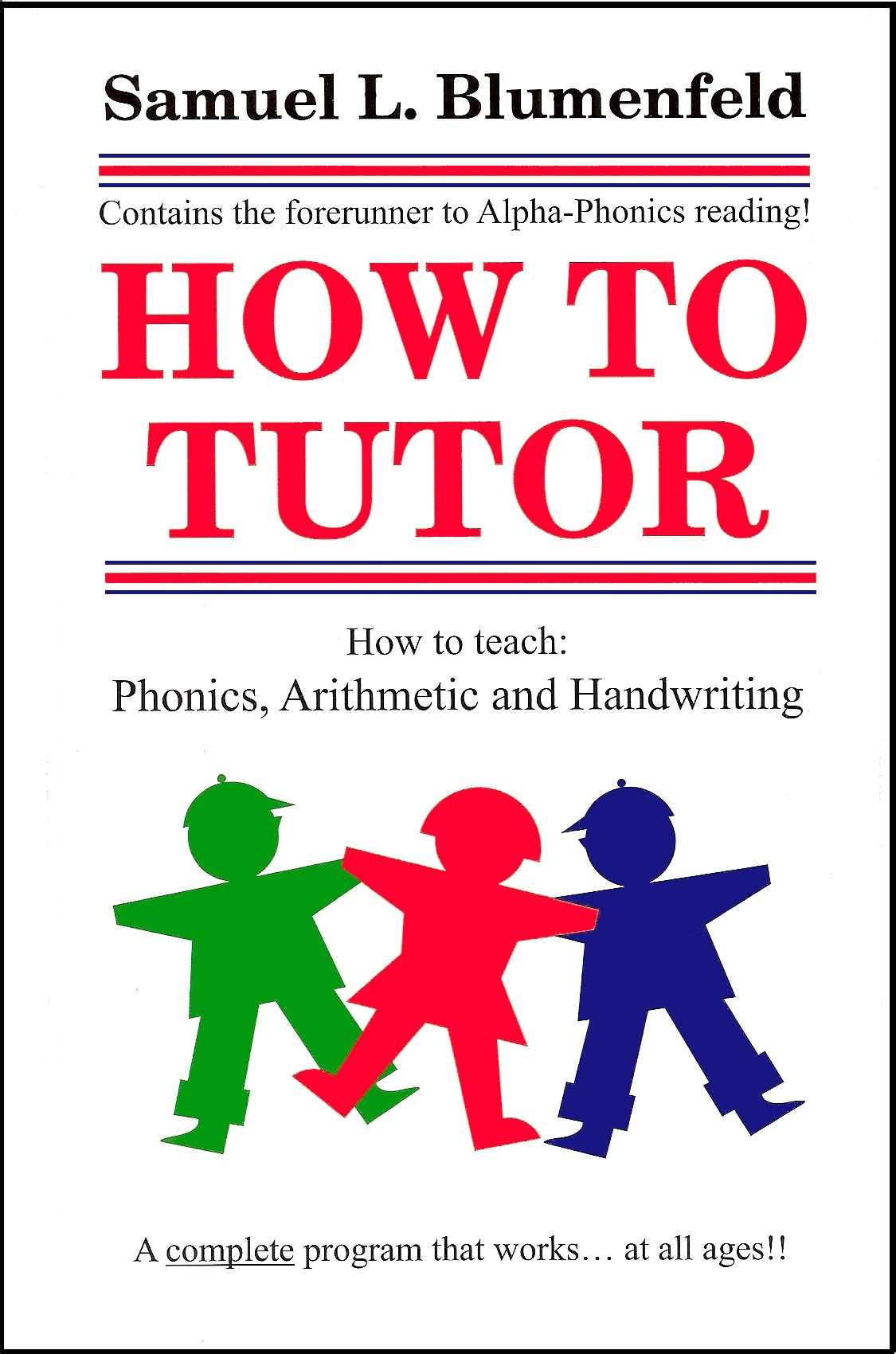
ALPHA-PHONICS Blog Editor Note: While this article was written in 2017 it may be even more iportant now than in May, 2017. With the passage of time what the author stated then has been proven even more correct than when originally penned.
Education reform is a risky business, and few programs illustrate this better than the Common Core State Standards Initiative. The original idea might have been good, but a multitude of unwise decisions twisted and politicized it until it became one of the least popular reforms in America.
“It’s a case of a wasted decade,” Frederick Hess, director of education policy studies at the American Enterprise Institute (AEI), told PJ Media in an interview Tuesday. Hess’s new book, Letters to a Young Education Reformer, presents many important lessons for those who wish to reform education in America, and almost all of them would have helped Common Core avoid the disaster it became.
It isn’t just conservatives who look askance at Common Core. Many teachers and teachers unions dislike it as well. Hess explained that while Common Core is still on the books in “close to 40 states,” the standards themselves do not mean very much. He estimated that Common Core tests are now used “in less than half the country.”
Hess actually argued that Common Core today is in a worse position than it would have been in 2010 or 2011. Why? Here are some of the reasons.
1. “Obama Core.”
In 2007 and 2008, education reformers realized that No Child Left Behind (NCLB) required states to test kids in reading and math, creating an incentive for states to make their tests easier in order to make schools look better, Hess explained. Reformers wanted  to develop an apples-to-apples comparison, and some states agreed to launch Common Core.
to develop an apples-to-apples comparison, and some states agreed to launch Common Core.
But in 2009, President Obama’s stimulus package included education spending, and his administration tied education funding to state adoption of Common Core.
What would have been adopted by about 15 or 20 states on their own accord was suddenly adopted by about 40 states — and the final version hadn’t even been released yet!
“In some ways, it was the worst of all words,” Hess told PJ Media. “It felt like it had been ordered by Washington, states were bribed and coerced into doing it, and it was done in the dark of night.”
By making the Common Core a federal program, Obama politicized it — and made it seem imposed by Washington bureaucracy.
5 Years Into Common Core, 15-Year-Olds Behind 35 Countries in Math
2. Passion blinded Common Core advocates.
Throughout his book, Hess warned about the “perils of passion.” The AEI scholar explained that “when we get excited about stuff, it’s easy to imagine that everybody is as excited as we are and we put on blinders.”
“When the Common Core folks saw everybody they talked to was saying nice stuff about this, they forgot that they were only talking to 1 percent of the country,” he explained. Eventually, backers of the program became so convinced in its effectiveness that they felt confident dismissing anyone who was critical of it.
3. Dismissing critics made reform impossible.
When people started realizing what was happening with Common Core — strange math work, a large emphasis on testing — “rather than say ‘We went too far too fast,’ advocates of Common Core threw gasoline on the fire by saying anybody who had concerns was a wing-nut,” Hess explained.
In his book, Hess warned about the dangers of groupthink. He lamented that most people in education reform tend to be political liberals. Reformers need to continually challenge their ideas by talking to people who disagree with them.
4. Common Core advocates overstated its importance.
Hess noted that part of Common Core’s original strategy was to emphasize that the reform involved only reading and math standards.
In 2013, however, Secretary of Education Arne Duncan declared, “I believe the Common Core State standards may prove to be the single greatest thing to happen to public education in America since Brown verses Board of Education.”
Abolishing the Department of Education Won’t Work
5. The limits of data in education.
“When we talked about the Common Core, advocates didn’t say ‘slightly better reading and math tests,’ they said, ‘now we can precisely measure whether students and teachers are  doing their job well,'” Hess explained. Their emphasis on testing revealed an irrational faith in data.
doing their job well,'” Hess explained. Their emphasis on testing revealed an irrational faith in data.
Modern education statistics “are primitive, limited, and often misleading,” like the original baseball stats. “Education’s moneyball moment awaits the collection of deep, systematic data on the processes of teaching, learning, and school operations,” Hess wrote in his book.
6. Minimizing the role of parents.
In 2013, Education Secretary Duncan told state superintendents that “white suburban moms” were rebelling against the Common Core because their kids have done poorly on the tests. “All of a sudden, their child isn’t as brilliant as they thought they were and their school isn’t quite as good as they thought … and that’s pretty scary,” Duncan said.
Dismissing the concerns of parents was not a good idea, as it alienated parents and prevented the possibility of reforming Common Core to make it better suit everyone’s needs.
7. Overlooking history.
Many reformers get frustrated at the difficulty of changing the school system, but even a cursory understanding of the history of schooling in America explains why reform is so difficult, Hess explained. In his book, he noted that schooling in America grew slowly and was intended to do different things over the centuries.
Because the United States is a huge country and different school districts were established at different times for different reasons, a one-size-fits-all approach that encourages radical changes will run into a great deal of unnecessary problems.
If Common Core advocates understood this, they would have said, “Let’s start with the places that get this, that are excited about it, and everybody else is going to see how helpful it is to be a Common Core-aligned state,” Hess argued.
Instead of growing Common Core in a few states that were excited about it and willing to make changes, advocates used the federal government to bribe states into accepting it. “That’s not a good way to change organizations that are six or eight or twelve generations old,” the AEI scholar said.
8. The virtues of school choice.
The best lesson to learn from the failure of Common Core is how to avoid repeating it. Unlike this program, the school choice movement is local. Education reform does best when “focusing on people who want to do it, letting them do it, and growing it in an environment of trust,” Hess argued.
The virtue of school choice isn’t that it “works” in some nebulous way. Rather, this reform is helpful because it creates a sort of free market in education, which allows reformers,  teachers, and parents to “create school communities where teachers want to be there, students want to be there, and where there’s a clear vision.”
teachers, and parents to “create school communities where teachers want to be there, students want to be there, and where there’s a clear vision.”
School choice, charter schooling, education savings accounts, and school voucher programs have had to “grow from the ground up in the past 25 years,” the AEI scholar noted. Since these initiatives never had a big federal push, they had to develop slowly.
Hess warned that President Donald Trump, by championing school choice from Washington, D.C., would actually harm this important reform. “Having Obama be the pitch man for the Common Core ended up being a huge mistake for the Common Core,” he argued. “It became Obama Core,” and if school choice “becomes Trump Choice, a lot of hard-earned trust starts to come under the same pressure that Obama created with the Common Core.”
Freeing up education for local school choice reforms is a great way to achieve reform, because it allows different school districts to adjust in different ways. For more reform tips and some great wisdom from his 25 years in education, read Hess’s new book — it’s just a short 150 pages!
ALPHA-PHONICS (First published in 1983, has never been revised, or “updated”) continues to prove itself an outstanding systematic, intensive phonics reading instruction program. It does not need to be “improved” because there is nothing to improve upon. This is evident since so many Families have continued to use it to teach their OWN children for so long – 36 years. Find out all about it below:



 Alpha-Phonics
Alpha-Phonics The Alphabet Song!
The Alphabet Song! Water on the Floor
Water on the Floor Alpha-Phonics the Book on CD Rom
Alpha-Phonics the Book on CD Rom Blumenfeld Oral Reading Assessment Test
Blumenfeld Oral Reading Assessment Test How To Tutor
How To Tutor How To Tutor Cursive Handwriting Workbook
How To Tutor Cursive Handwriting Workbook